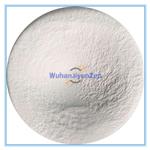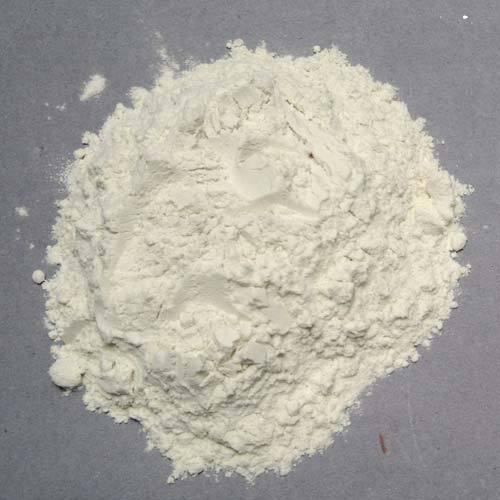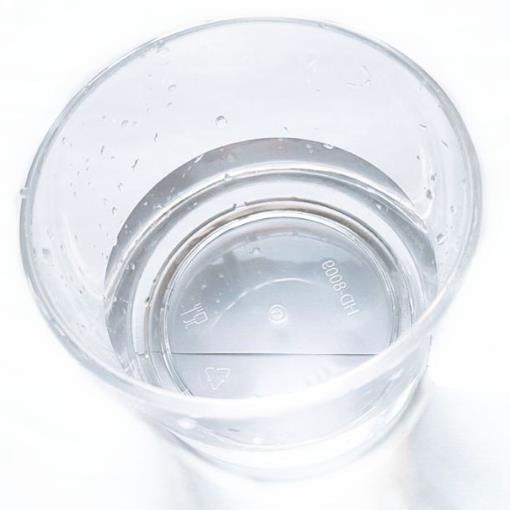Dopamine Hydrochloride: Clinical Pharmacology and Sustainable Production
General Description
Dopamine Hydrochloride is a vital medication utilized in medical settings for its dual effects on the myocardium and central nervous system, acting as a precursor to norepinephrine. Its pharmacokinetics involve rapid onset and short duration due to quick metabolism primarily in the liver, kidneys, and plasma. Depending on dosage, Dopamine Hydrochloride modulates vascular beds and cardiac function, influencing vasodilation, myocardial contractility, or vasoconstriction. Dopamine Hydrochloride's limited penetration of the blood-brain barrier shapes its clinical effects. Sustainable production of Dopamine Hydrochloride from lignin, a biomass byproduct, highlights its environmental benefits and economic viability, achieving high purity through efficient chemical conversion processes. This approach not only supports environmental sustainability but also enhances economic feasibility, underscoring its significant potential in pharmaceutical and industrial applications.

Figure 1. Dopamine Hydrochloride
Clinical Pharmacology
Dopamine Hydrochloride is a crucial medication widely used in medical settings to target both the myocardium and the central nervous system. Serving as a precursor to norepinephrine, Dopamine Hydrochloride plays an essential role in neurotransmission through specific neural pathways. The clinical pharmacology of Dopamine Hydrochloride is integral to understanding how to use it effectively and safely in diverse medical scenarios.
Pharmacokinetics and Metabolism
Upon intravenous administration, Dopamine Hydrochloride demonstrates a rapid onset of action, though it maintains a short duration of effects due to its quick plasma half-life. The metabolism of Dopamine Hydrochloride occurs mainly in the liver, kidneys, and plasma, where enzymes such as monoamine oxidase and catechol-O-methyltransferase convert it into inactive metabolites. Although the distribution of Dopamine Hydrochloride in the body is extensive, its ability to penetrate the blood-brain barrier is limited, which significantly shapes its pharmacokinetic profile.
Dose-Dependent Effects and Clinical Considerations
The pharmacological effects of Dopamine Hydrochloride vary depending on the dose administered, impacting different vascular beds and cardiac functions. At varying infusion rates, Dopamine Hydrochloride modulates receptor activities, which can result in vasodilation, enhanced myocardial contractility, or vasoconstriction. The clinical condition of the patient at the time of Dopamine Hydrochloride administration profoundly affects their response, necessitating meticulous dosing strategies. Proper understanding and application of these strategies are critical to achieving the desired therapeutic outcomes with Dopamine Hydrochloride while minimizing potential adverse effects, thereby optimizing its clinical utility across various patient populations. 1
Sustainable Production
Significance
Dopamine hydrochloride is predominantly produced from vanillin via a sequence of condensation, reduction, and hydrolysis. However, vanillin and the reaction intermediates have poor stability and are inclined to produce high boiling point by-products, which can hardly be separated by conventional distillation techniques. Moreover, the consumption of large amounts of Zn and Hg in the reduction step causes serious environmental restrictions. Besides chemical synthesis processes, an enzymatic system was also developed for the production of dopamine from catechol. 3,4-dihydroxy-l-phenylalanine (l-DOPA) is first synthesized from catechol, pyruvate, and ammonia over a biocatalyst, followed by enzymatic conversion of l-DOPA to dopamine by decarboxylase. However, this route largely depends on fossil resources and has several disadvantages, such as long reaction time, tedious separations, and high costs. Therefore, a more sustainable and economical strategy for the efficient production of dopamine from renewable resources is still highly desired and would have great industrial and social significance.2
Process
Lin Dong and colleagues have presented an efficient sustainable route for producing dopamine hydrochloride direct from renewable softwood lignin, achieving dopamine hydrochloride with a purity of 98.0% obtained simply via filtration and drying. An overall mass yield of 6.4 wt% can be achieved from softwood lignin over an extraction-four step derivatization cascade if concerning the theoretical lignin content. This work provides an example of the transformation of non-edible renewable biomass waste into high-value dopamine hydrochloride that has important applications in pharmaceutical manufacturing and future N-doped carbon electrodes, which significantly enhances the overall economic feasibility of a lignocellulosic biorefinery.2
References:
[1] LIN DONG. Sustainable production of dopamine hydrochloride from softwood lignin.[J]. Nature Communications, 2023, 14 1. DOI:10.1038/s41467-023-40702-2.Related articles And Qustion
See also
Lastest Price from Dopamine hydrochloride manufacturers

US $0.00-0.00/KG2025-11-21
- CAS:
- 62-31-7
- Min. Order:
- 1KG
- Purity:
- 98
- Supply Ability:
- 10000KGS

US $5.00-0.50/KG2025-06-07
- CAS:
- 62-31-7
- Min. Order:
- 0.10000000149011612KG
- Purity:
- 99% hplc
- Supply Ability:
- 5000kg




